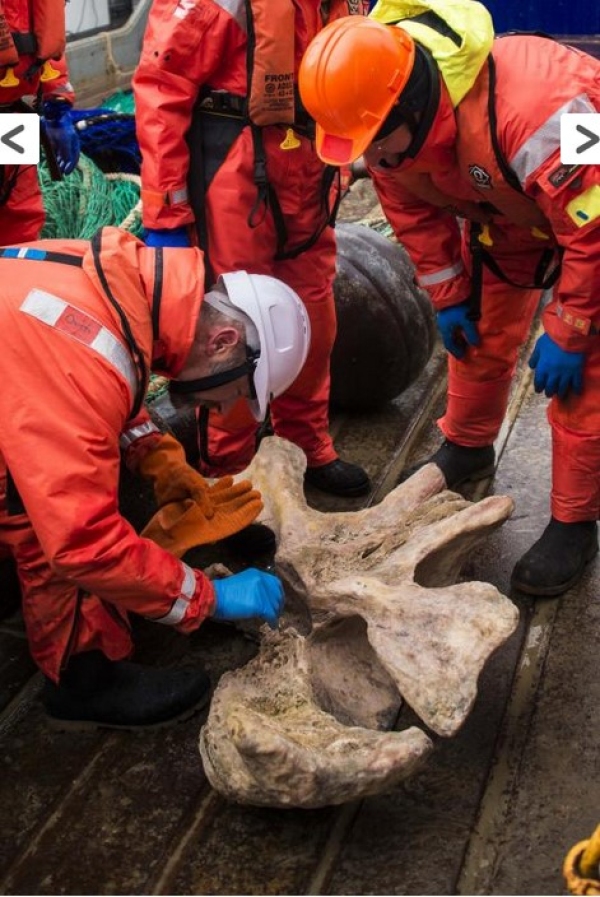We don’t clearly understand the ecological effects of commerical toothfish fishing in the Ross Sea region.
To improve our knowledge, we conducted a survey of demersal (bottom-dwelling) fish species on the Ross Sea slope - particularly grenadiers and icefish - during the 2015 Antarctic Ecosystems Voyage.
Overview
Antarctic toothfish (Dissostichus mawsoni) are found around the Antarctic continent. The main adult populations occur in water depths of 600–1800 m. Toothfish can grow up to 2 metres in length and up to 100 kg in weight.
There is an important Antarctic toothfish fishery - averaging 3,000 tonnes per year - in the Ross Sea region. NZ was the first country to fish for Antarctic toothfish in the Ross Sea in 1997. Since then, many other countries have begun fishing for toothfish, too. All toothfish fishing is done using long-lines.
Read more about the Ross Sea toothfish fishery
Antarctic toothfish feed on a wide range of prey, but they’re primarily piscivorous (fish-eating). Adult toothfish feed mostly on squid, octopus and deepwater demersal fish like grenadiers, icefish, eel cod, and violet cod.
This survey focused on two of these species: grenadiers and icefish. They’re major prey species for toothfish, and are also caught as bycatch in the longline fishery. We studied how many there were, and where, to help us understand what potential ecological effects the fishery is having.
The data we collected will help to inform decisions about what the right catch limits are to best manage the fishery. These are set by the Commission for the Conservation of Antarctic Marine Living Resources (CCAMLR). We’ll also use our research to check the accuracy of our ecosystem models, and they might become the start of a time series of measurements.
Approach
Demersal trawl surveys involves towing a net carefully along a randomly selected area of the seabed for a defined period of time. The net is then raised onto the research vessel’s deck, and the species its caught are identified and counted.
This allows us to extrapolate stock populations across a much larger area.
We analysed the stomach contents and stable isotopes of Antarctic toothfish, and use these to study how these fish are linked with their prey. We were able to compare the data with carbon and nitrogen stable isotopes from a range of fish and cephalopods since 2005.
Read more about stable isotope analysis
We also collected acoustic data during the trawl, as acoustic surveys allow us to monitor how abundant grenadier are.
Results
We carried out 18 demersal trawls at randomly selected sites during the voyage, at depths from 600-1200 m depth on the Ross Sea slope. In total, we caught 960kg, made up of over 90 species or species groups of fish and invertebrates. The main groups we caught, by weight, were grenadiers, toothfish, skates, sponges, jellyfish, and silverfish.
Related information
Our Ross Sea research, including toothfish fisheries



